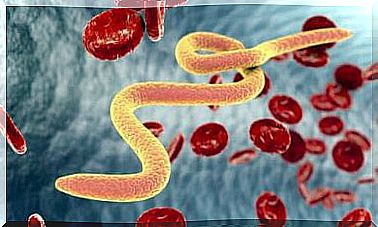The Fauna Of Southeast Asia
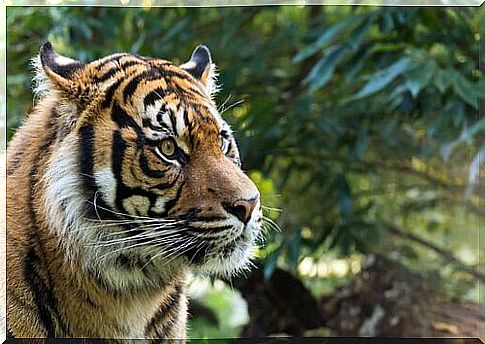
This region of the planet, increasingly popular with tourists looking for low-price adventures and in full contact with nature, is home to thousands of animals and plants. In this article, we will talk about the fauna of Southeast Asia and its most characteristic species.
What is the fauna of Southeast Asia like?
The so-called “Southeast Asia” is an area comprising several countries and islands between eastern India, southern China and northern Australia. Includes Thailand, Philippines, Vietnam, Bali, Java, Borneo, Singapore and Indochina.
It is one of the places with the greatest biodiversity in the world, as we can find mammals, birds, crustaceans, insects, reptiles, amphibians and arachnids.
Within the fauna of Southeast Asia, we find these species:
-
Sumatran tiger
It is endemic to this Indonesian island and its population does not exceed 500 individuals, who live in five national parks.
It is the smallest of the tigers after the disappearance of those from Java and Bali. It measures about 2.3 meters and weighs about 100 kilos.
Sumatran tiger stripes – photo that opens this article – are thinner than their “relatives”, and they are also excellent swimmers, thanks to special membranes between the toes of their paws.
It lives in the forest and mountains, feeds on wild boar, deer, fish, birds and even crocodiles, which it always hunts at night. They are of solitary habits and only group together in breeding seasons.
Females have between two and three pups per litter, after one hundred days of gestation. They become independent at age two and can live for about 15 years.
-
Borneo noble pheasant
It lives in low-lying rainforests on the island of Borneo and is one of the many birds that make up Southeast Asia’s wildlife.
Females have copper feathers and a bluish head, and males have dark blue plumage with an orange tail and chest and light blue head.
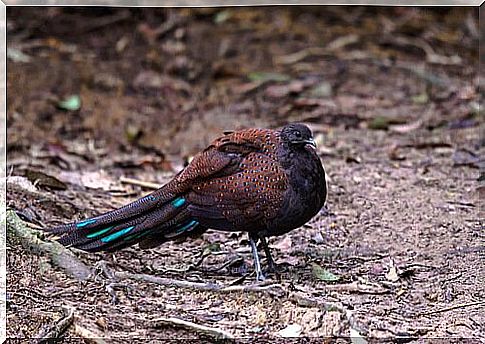
To court the female, the male flaps his wings and jumps, while screaming loudly and his face is “swollen”. Each season, the couple incubates between four and eight eggs for 25 days. When they are born, puppies do not have feathers.
-
Malaysian gharial
Also called false-gavial, it is a crocodile typical of the rivers of Indonesia and Malaysia. With a green body, black spots and a length of up to four meters, this reptile has a long, robust tail.
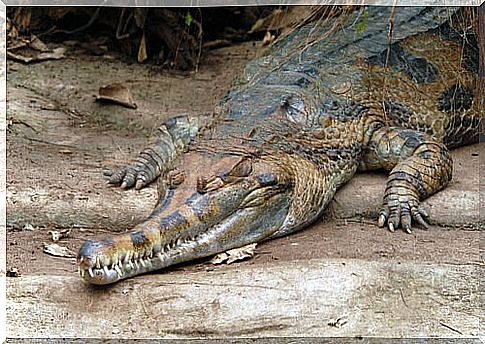
It feeds on small vertebrates, bats and animals such as deer and rodents. The Malaysian Gharial is an endangered species, due to drainage from rivers and swamps, as well as hunting for its coveted skin and meat.
-
Malaysia giant tortoise
It lives in large swamps, lakes and slow and fresh water rivers. It is the largest animal in all of Southeast Asia and adults have a gray head with strong jaws and a long snout.
Its carapace is oval and smooth, black and brown, which expands to allow it to breathe while submerged in water.
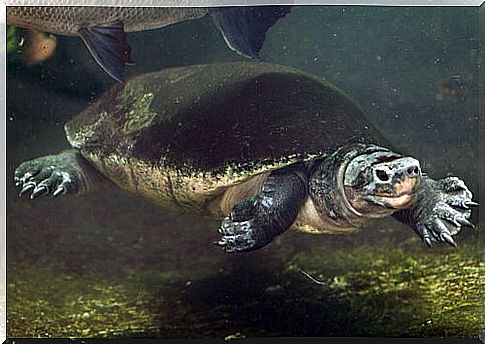
Females of this turtle lay large, oval eggs on the banks of rivers, after digging the nest with their hind legs. Incubation takes between 120 and 130 days.
They can live between 25 and 30 years and feed on aquatic plants, insects and fruits.
-
Borneo Orangutan
This species is endemic to the island of Borneo, Indonesia, and currently there are about 45,000 specimens in the wild.
However, its population has been reduced by hunting, illegal trafficking of puppies, forest clearing and forest fires.
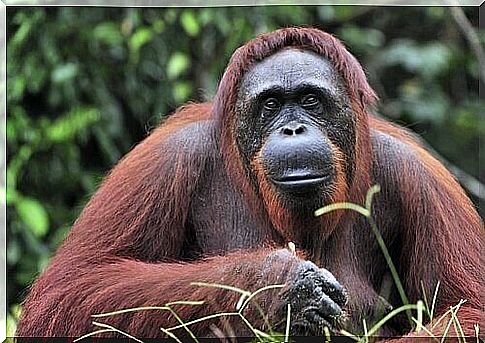
It is a large arboreal mammal, with a robust body, long arms and short legs, with fingers that allow them to move among the branches of trees. It does not normally go down to the ground, and when it does, it walks on its hind legs.
The Borneo orangutan has solitary habits and lives alone after becoming independent from his mother – at the age of eight. Females can have a maximum of five children in their lifetime.
Dominant males have a “mask” on the sides of the face, which begins to grow at age 12 years.




